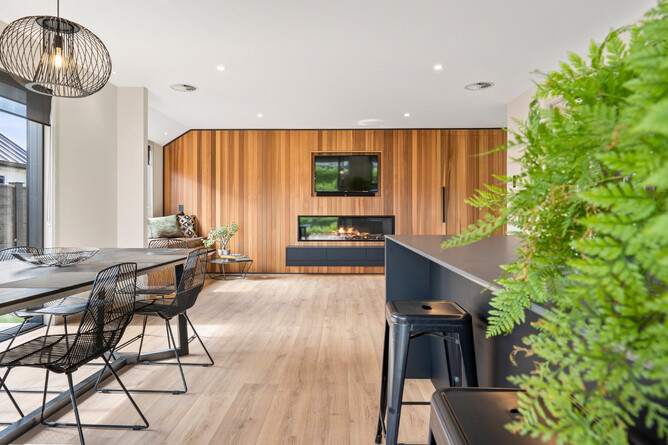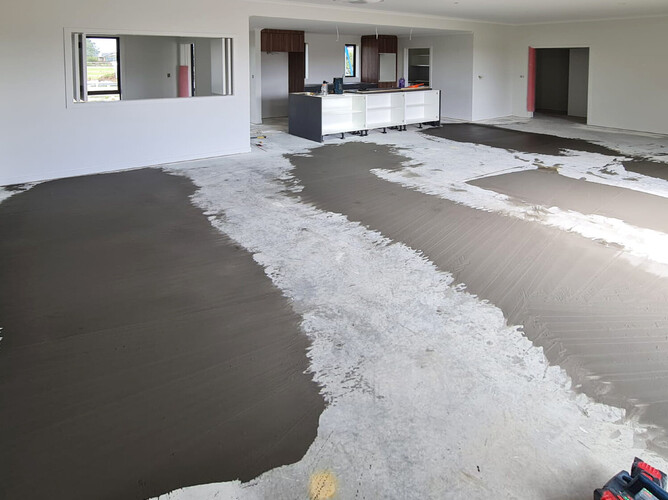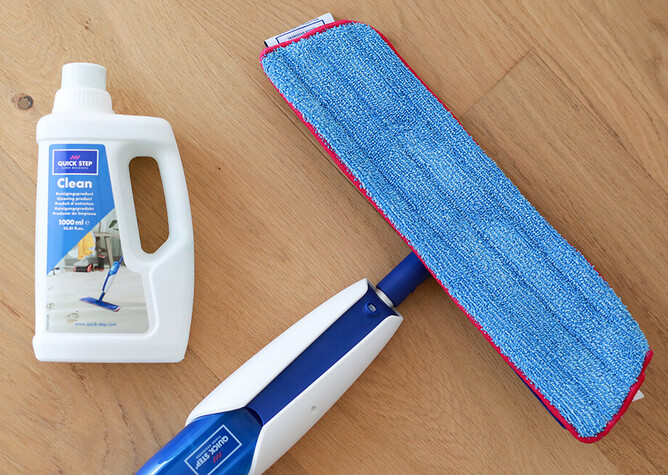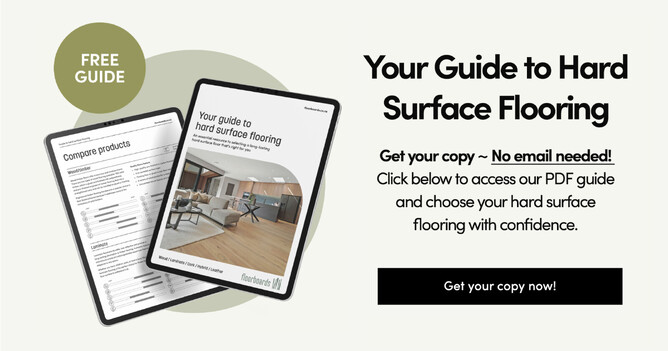When it comes to flooring options, there are many different types available on the market. A floating floor is one type of flooring that is hugely popular in New Zealand, but what is a floating floor, and why might a floating floor be a good choice for your home?
What is a floating floor?
A floating floor is any flooring product that doesn't require the floor installation to adhere to the subfloor permanently. It's an ingenious installation method because the floating floor can expand and contract with changes in temperature and humidity which we often experience here in New Zealand.
When a quality floating floor can expand and contract independently from the subfloor, it reduces the risk of the planks from gapping, warping, or splitting.
What's the best subfloor for a floating floor system?
That's a great question because when choosing a flooring surface, many people can overlook the subfloor, which plays a crucial role in the outcome of your flooring finish. The better the subfloor, the better the installation finish.
A floating floor is super versatile and can be laid over a variety of subfloor surfaces, including concrete, plywood, and existing flooring, providing its clean, dry, level and flat. Being able to install over a range of subfloors makes floating floors a versatile option for homeowners who want to renovate and update their flooring without the hassle of removing and replacing the existing subfloor.
However if you're worried that your subfloor might not be up to standard, all is not lost. Professional floor sanders can help to make the imperfect, perfect again, ready floor your floating floor installation.
How easy is it to look after a floating floor?
A quality floating floor surface is relatively easy to maintain by vacuuming, and if needed, a quick clean with a damp anti-static mop will have it looking tip top in minutes. However, we do recommend following the flooring manufacturer's instructions before using any cleaning liquids on the floor surface.
What happens if excessive damage occurs?
Should excessive damage occur, such as a small dishwasher leak or surface impact damage from a heavy object being dropped with force, a quality floating floor system with a reversible joint system offers the added benefit of individual board replacement. So if any damage occurs in the future, you won't need to replace the entire floor, just the affected planks.
Top takeaways:
A floating floor with a quality joint system can subtly expand and contract as the temperature and humidity change without causing the planks or tiles to gap and warp - making it an ideal flooring option for New Zealand climates!
A floating floor can be laid over various subfloor surfaces, including concrete, plywood, and existing flooring, making those renovation makeover projects faster and less costly.
A floating floor is easy to maintain with damp anti-static mop you can quickly pick up dust and allergens.
If buying a floating floor look for quality engineered construction with a reversing joint system so you can be sure your floating floor will last for years to come.
At Floorboards, we've been supplying and installing floating floors for over 20 years. So talk to us about finding the right floating floor for you and your home. We have an installation service and DIY options available.
Hamilton & Waikato
Phone 07 959 1861
Tauranga & Bay of Plenty
Phone 021 977 548





